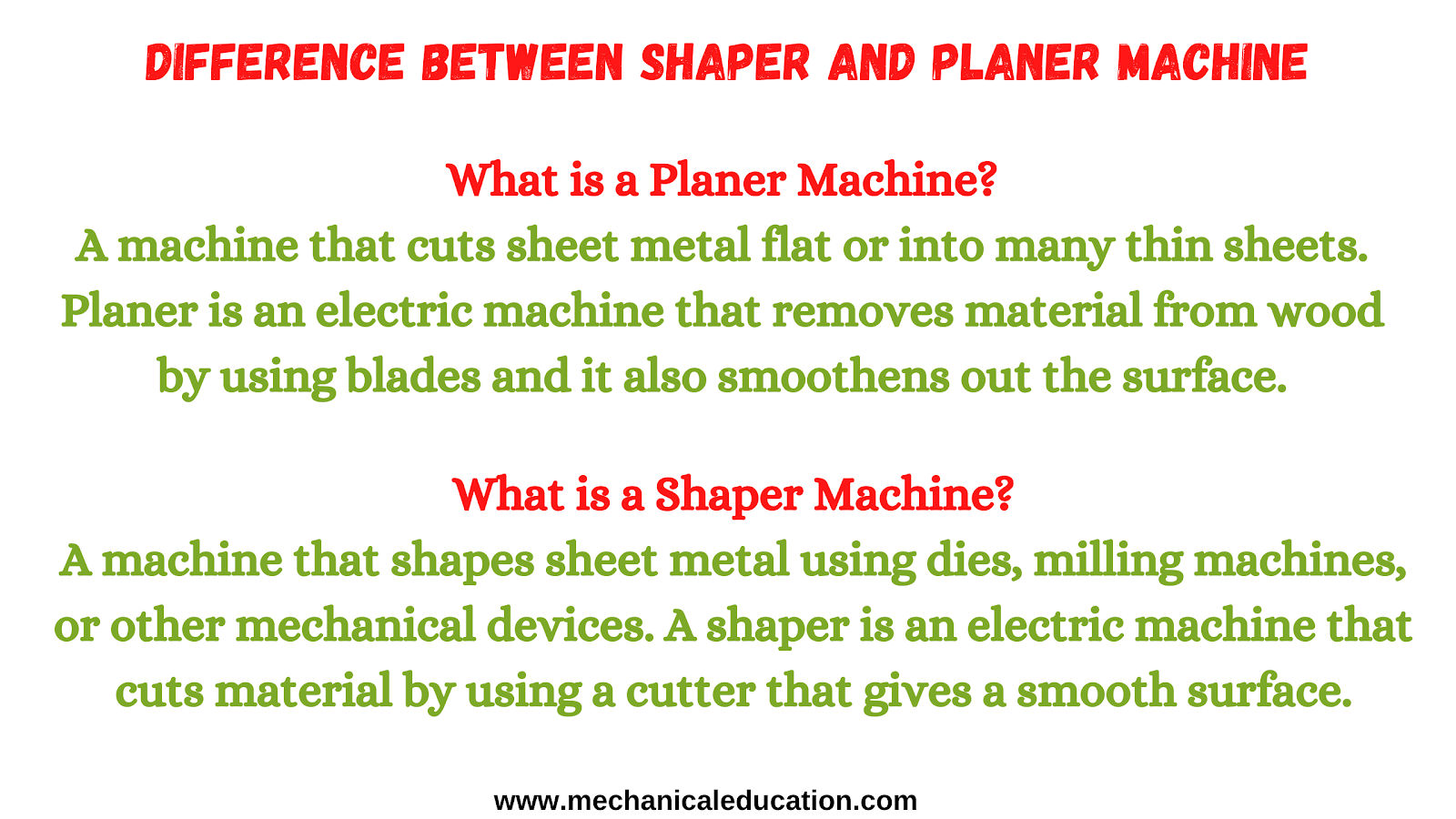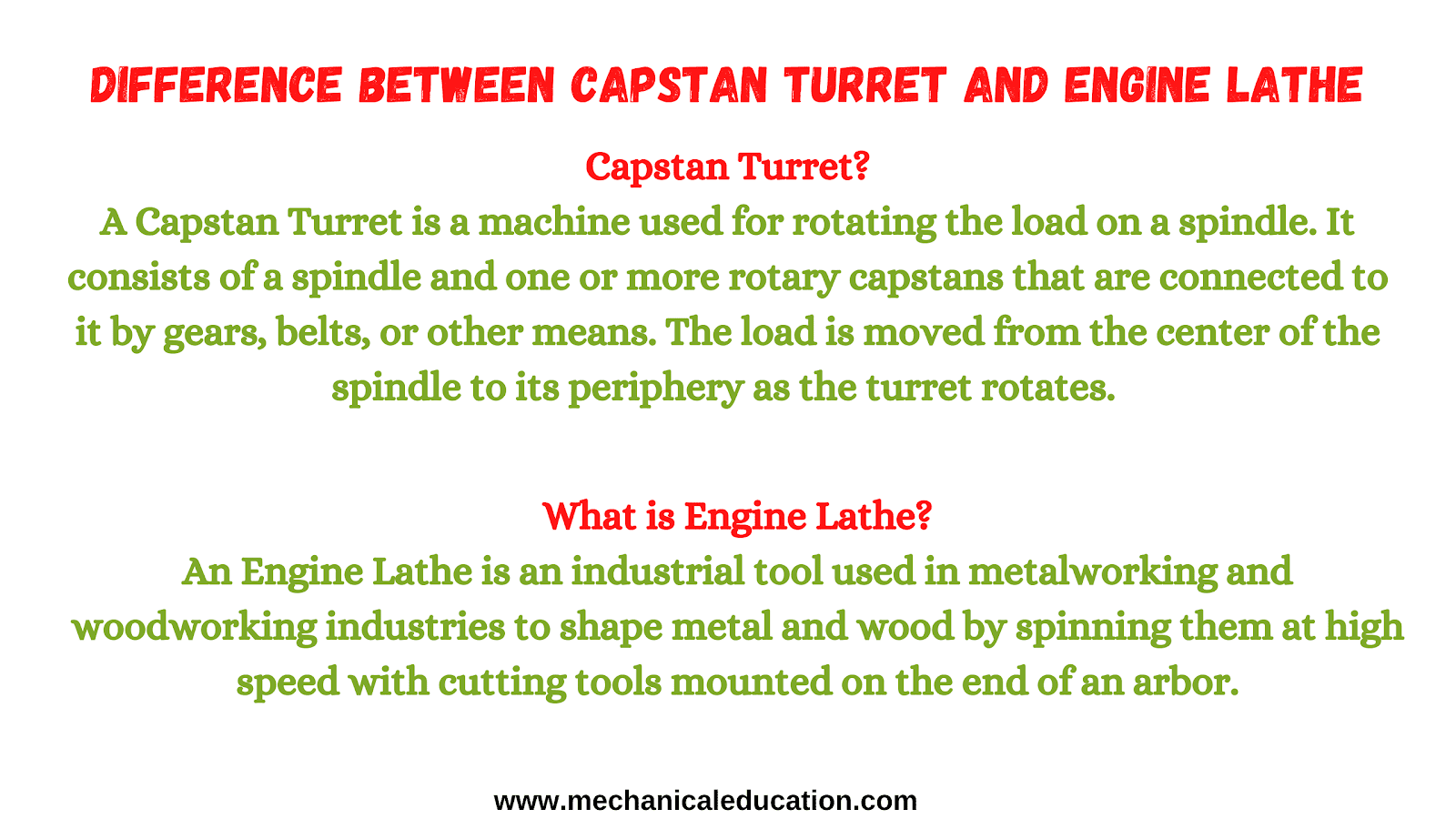Shielded metal arc welding (SMAW): Working, Advantages, Disadvantages, Applications
Shielded metal arc welding, or SMAW or Manual Metal arc welding, is an essential technique in the joining of metals. When two pieces are welded together by this method a powerful electrical current creates an intense flame that melts and fuses them into one permanent piece.




